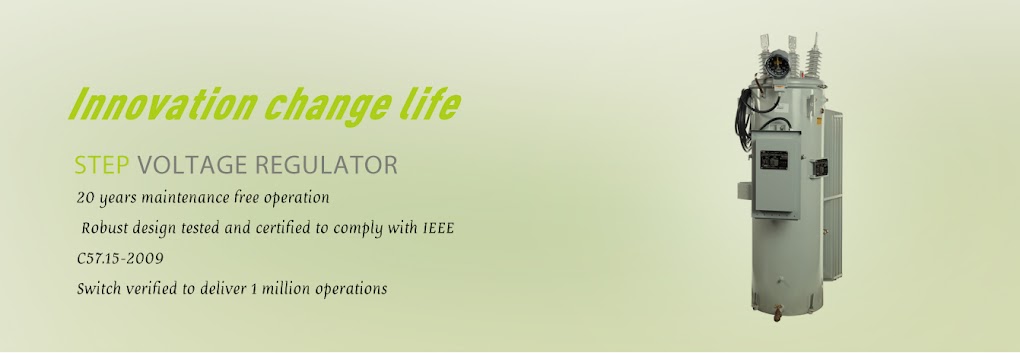The auto load booster in the course of the general use of the cover is not allowed to remove the cover, the normal situation is about 200 hours per work to conduct a comprehensive inspection and maintenance, its contents are as follows:
Remove the cover and check the contact surface for dirt and burn. If there is dirt, you can use a cleaner paper to wipe the contact surface. If the contact occurs ablation or flat and lead to poor contact, generally with "00" sandpaper or sand to polish, and finally wipe with clean paper.
Check the firmness of each connector, measure the resistance and the resistance of each coil. If damaged, repair or replace new parts in time.
Check the closing voltage and reverse current of the interrupter, the limit voltage of the voltage regulator, the current limit of the restrictor, and the clearance and air gap of the various contacts. If not meet the requirements, should be adjusted.
4 Check the adjusted regulator. When starting the diesel engine, observe the indication of the charging ammeter. If the diesel engine is running at medium speed or higher, the ammeter pointer still points. "-" side, which means that the contact of the circuit breaker is not disconnected, should quickly disconnect the ground switch; otherwise, will damage the battery, adjusters and charging generators, etc. If the diesel engine starts to rated speed after the ammeter pointer still " 0 ", the adjustment is not adjusted according to technical requirements, should be re-check and adjust.





